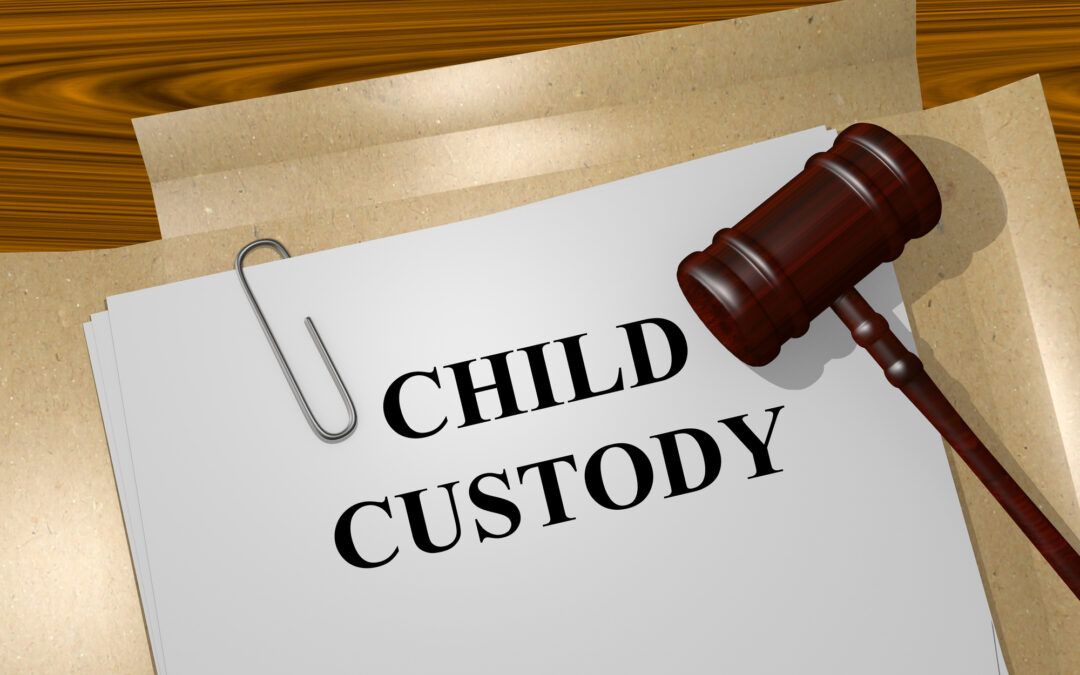Marriage does not always end well. In Pennsylvania, there were more than 32,000 divorces and annulments in 2019.
Getting a divorce is not easy especially when children are involved. Parents often get in heated legal battles over custody.
Many people assume that the mother always gets custody. However, the court’s determination is much more complicated than that.
It is important that you understand the common types of child custody. Read on to learn who gets the children in a custody battle. Explore topics such as custody options and how the court handles co-parenting.
Joint Custody
The court prefers to grant joint custody to both parents. Joint legal custody means that both parents have an equal stake in major decisions. Decisions on religion, healthcare, and education all fall into this category.
Joint custody goes beyond major decisions and also includes physical time spent with the child. In a joint physical custody agreement, both parents receive approximately the same amount of time with the child.
The child has a dual residence with both parents. This arrangement is consistent with the court’s objective to promote shared parenting.
It is in the child’s best interests to spend equal time with each parent. The court wants to help foster a co-parenting environment.
Sole Custody
Sole custody is another option for the court to consider. This arrangement is less desirable for all parties. It means that the court has determined that one of the parents is unfit.
The judge has legitimate reasons to question a parent’s decision-making ability. The child may be in danger if he resides with this parent.
In a sole legal custody agreement, only one parent has the authority to make decisions about education and healthcare. The child also lives at one residence, although sleepovers may be permitted.
Visitation Rights
Just because the court grants sole custody does not mean the other parent is totally shut out. This parent retains visitation rights to see and spend limited time with their child.
In most cases, child visitations are unsupervised. This means that the parent can pick up their child. They can take the child to his or her home.
They are also permitted to take the child on brief excursions. Sleepovers are also allowable when permitted by the court.
In more serious instances, visitation is supervised. This means that another adult is present during the visitation.
The child supervisor may be a relative or family friend. In some cases, the court appoints a social worker or other professional.
Supervised visitations typically imply that the parent is considered a risk. Perhaps they have a criminal record or pose a potential risk to the child.
In rare cases, the court allows only a virtual visitation. This means the parent and child communicate via video technology.
A Recap of the Different Types of Child Custody
Reaching a custody agreement is a mentally draining experience. The vast majority of parents want to see their children on a daily basis.
The court system is designed to reach difficult decisions that are best for the child. The judge considers joint or sole custody depending on the facts.
If you want to learn more about the different types of child custody, contact us today to speak with an expert.


Recent Comments